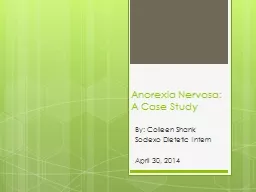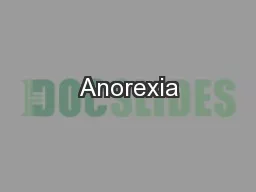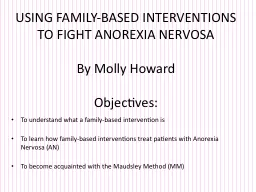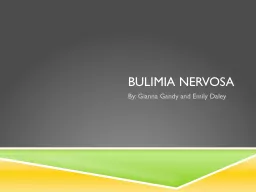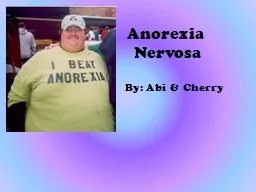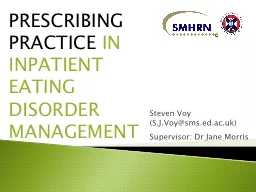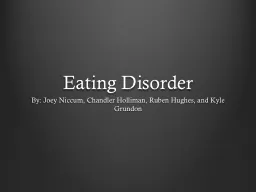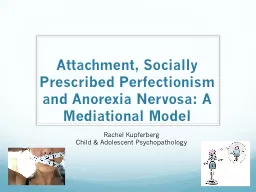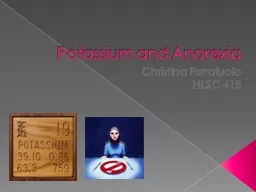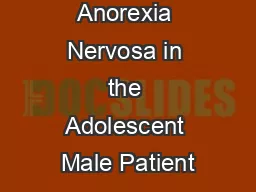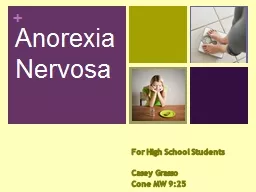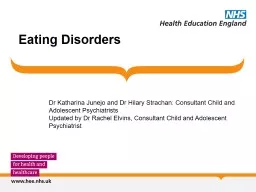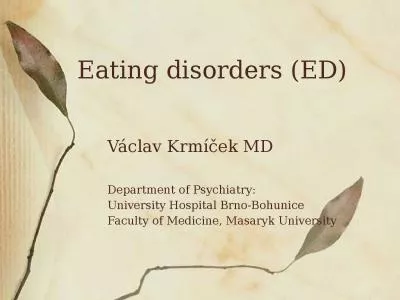PPT-Anorexia Nervosa: A Case Study
Author : berey | Published Date : 2022-02-15
By Colleen Shank Sodexo Dietetic Intern April 30 2014 Up to 24 million people of all ages and genders suffer from an eating disorder anorexia bulimia and binge
Presentation Embed Code
Download Presentation
Download Presentation The PPT/PDF document "Anorexia Nervosa: A Case Study" is the property of its rightful owner. Permission is granted to download and print the materials on this website for personal, non-commercial use only, and to display it on your personal computer provided you do not modify the materials and that you retain all copyright notices contained in the materials. By downloading content from our website, you accept the terms of this agreement.
Anorexia Nervosa: A Case Study: Transcript
Download Rules Of Document
"Anorexia Nervosa: A Case Study"The content belongs to its owner. You may download and print it for personal use, without modification, and keep all copyright notices. By downloading, you agree to these terms.
Related Documents

